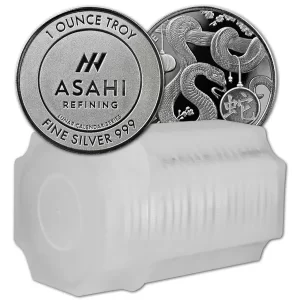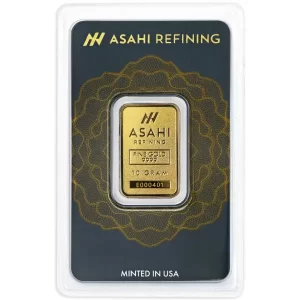Today, we wanted to turn back time 50+ years to take a look back at a decade in which decisions were made that have reverberated through time, impacting financial and geopolitical decisions right up until present. This takes us to a time right around August 15th, 1971, when President Richard Nixon removed the United States Dollar (and subsequently all world currencies) from the gold standard. Of course, this was an action taken due to the fact that countries were beginning to demand physical gold back for their USDs as they realized the United States was running a scam with dollars in order to hoard gold. A decision we have covered extensively through our newsletters, and was very likely one of the driving forces behind the oil embargo that took place just a couple years after the peg between the USD and gold was removed. The other reason, in which we will look into today, is the battle over the most used commodity on earth – oil. That said, this newsletter is going to take a different angle, diving deeper into what happened as a result of the oil embargo that was put on the United States and why it was initially placed. After looking back, we will tie everything we saw in the 1970s to today and how we may be facing a very similar dilemma, painting an incredibly clear picture of how history may not ever repeat, but it certainly does rhyme, and why it is so important to be prepared.
What many people may not realize is that yesterday marked the 50-year anniversary of the Oil Embargo that was placed on the United States by the Organization of Petroleum Exporting Countries (OPEC). This was a period in history that sparked an intense energy crisis that was the foundation for what would turn out to be a decade of crushing stagflation for not only the United States, but Canada as well. As a reminder, stagflation is a period of time in which we see persistently high inflation, in combination with high unemployment and stagnant demand in a country’s economy.
So how did we ultimately get to the point where OPEC nations felt so slighted that they would impose a full out oil embargo on the United States? The answer has chilling similarities to what we are seeing in the world today.
On October 6th, 1973, Egypt and Syria launched a surprise attack against Israel during the Jewish celebration of Yom Kippur. Initially, Egypt and Syria made significant advances, however, with the help of the United States, Israel was able to push back, advancing troops into Egyptian and Syrian territories. After the Israeli counter-offensive was successful, the United States ramped up weapons support for Israel. This upset OPEC nations greatly, prompting them to act swiftly, penalizing the United States for supporting Israel during the Yom Kippur War. Their response was incredibly detrimental to the United States, as not only did they place a full-on oil embargo on the United States, they also instituted a 5% reduction in monthly production to ensure there was not enough oil in other countries for the United States to source an alternative. Something to remember is that in 1973, the United States was not yet capable of being energy independent and was still importing over 1/3rd of all oil being consumed domestically.
The impact of the OPEC oil embargo was immense, as during this period the price per barrel of oil surged from $2.59 to $11.65 in just one year. A 349.81% increase in just 365 days, which was also felt at the gas stations. This in conjunction with rampant inflation due to gold no longer backing the United States Dollar began to not just pinch, but squeeze the Western public from all sides. In March of 1974 the embargo ended, but due to inflation still running out of control due to a lack of a gold backing to their currency, Americans quickly realized how reliant they had become on oil, as well as how important it was to have sound, physical assets backing their paper currency. It should also be stated that during this time the S&P 500 bounced back and forth between 90-110, showing insignificant gains, while gold jumped from $35 per ounce in 1970 to $850 per ounce in 1980. Gold was really the only asset that shined during a decade of pain for most citizens of the West.
Today, you are seeing an uptick in tension between OPEC+ and the United States once again, and OPEC+ has been cutting oil production for over a year during a time we are already facing persistent inflation. Not to mention, central banks continue to stockpile gold at a RAPID pace, almost as if they are preparing for another decade in which nothing shines brighter than precious metals. It should also be said, and it may just be a wild coincidence, but the most recent Hamas attack on Israel came just 1 day after the 50th anniversary of the attack on Yom Kippur by Egypt and Syria, which sparked the 1973 oil embargo in the first place.
If you can see the financial and geopolitical similarities between the 1970s and the 2020s, the time to prepare is now. Those who try to protect what they have once disaster has already struck, end up lacking not only the monetary resources on their end, but also the physical resources in which they are looking to purchase, as every other person in the world will be after the same resources. When more and more dollars are circulating and chasing a diminishing number of resources, those who hold real assets ahead of time, like silver and gold, hold the cards. Below you will find both physical silver and gold at market leading premiums that will allow you to secure wealth before any crisis approaches. Of course, it is unpredictable when a crisis may hit, but history has shown, it is only a matter of time as there are few decades in history that stand without some type of crisis occurring.
1 Oz Trump ‘Mugshot’ Silver Round
 Hi,
Hi,























